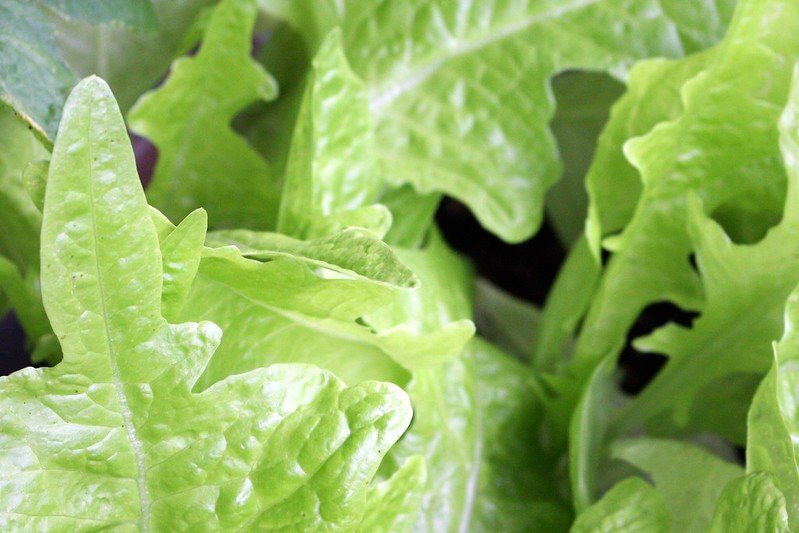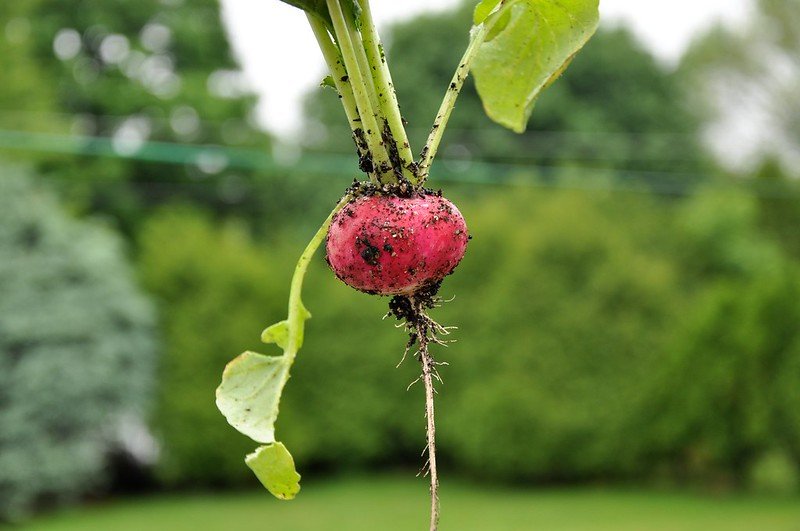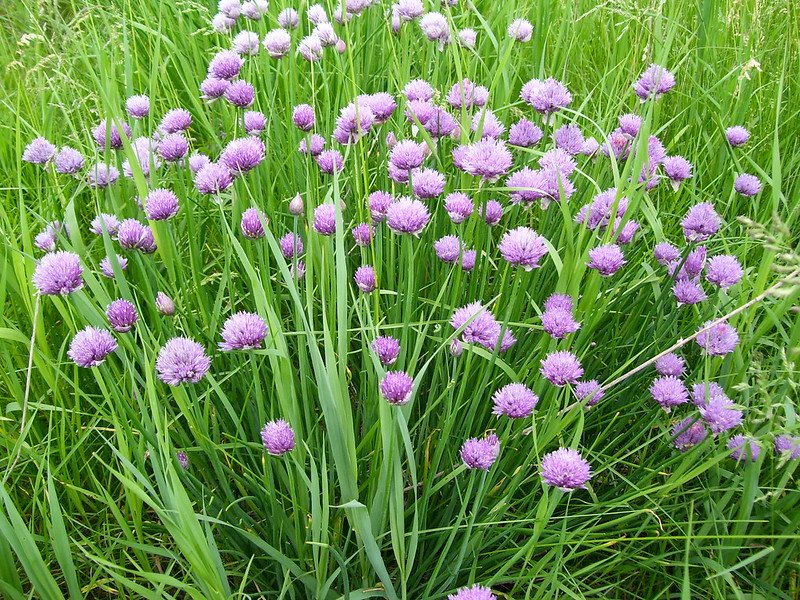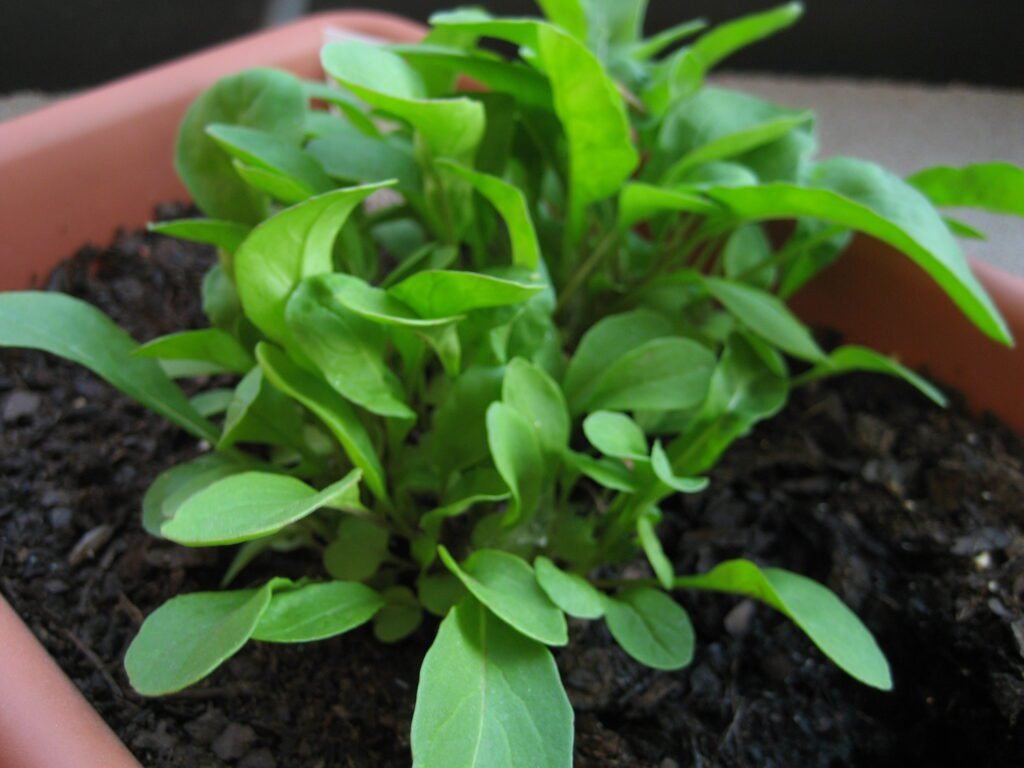Gardeners, particularly those who like including fresh greens for their meals, love arugula for its unique peppery taste and fast growth. Arugula continues to suffer like any crop from soil nutrient loss and pest invasions. Companion planting is a tried-and-true solution for these issues and the promotion of better growth. This post will look at the ideal companion plants for arugula and how this method might provide a more balanced and successful garden. Companion planting can make all the difference whether your goals are better soil health, pest management, or crop output.
Benefits of Companion Plants for Arugula
Companion planting is a time honoured gardening technique that involves growing different plants together to mutually benefit each other. When it comes to arugula, companion plants can help by:
- Improving Growth and Yield: Some plants enhance soil nutrients and provide necessary shade, creating an optimal environment for arugula.
- Pest Control: Certain companions repel pests or attract beneficial insects, reducing the need for chemical interventions.
- Soil Health: Companion plants can improve soil structure and fertility, ensuring your arugula gets the nutrients it needs.
Best Companion Plants for Arugula

Lettuce
If you want to grow Arugula with lettuce, that’s great. Its big leaves give it much-needed shade and help keep the soil cool and wet, which is especially important in the summer. Also, lettuce’s roots aren’t very deep, so it doesn’t fight too much with arugula for nutrients. By putting them together, you make a space where both plants can grow well without being too close to each other.

Radishes
Radishes not only grow quickly, helping to suppress weeds, but they also serve as natural pest repellents. Pests like cucumber bugs and aphids, are scared off by their smell. In a good relationship where both plants benefit, the root veggie grows quickly and the arugula grows without having to fight for nutrients.

Chives
Due to their strong onion-like smell, chives are great with arugula because it keeps pests like aphids and carrot flies away. Additionally, chives draw in good bugs like hoverflies and ladybirds, which eat bad bugs. Also, chives don’t take up much room, so they won’t get in the way of growing arugula. This makes them great for planting together.
Pest Control
Nasturtiums
Nasturtiums are a great plant to grow with arugula to keep pests away. They bring in ladybirds, lacewings and other good bugs that eat aphids and other bugs that like to eat arugula. There are also pretty flowers that make the garden look better, and the plants’ bright flowers keep dangerous bugs away from arugula.
Basil
It’s the strong smell of basil that keeps bugs like aphids, mosquitoes and beetles away from your arugula plants. Additionally, basil makes the earth better by releasing important nutrients that make it more fertile. When you pair basil and arugula, you not only make a barrier that keeps pests out, but you also get more from your yard overall.
Marigolds
It is well known that marigolds can keep pests away. Nematodes, aphids, and whiteflies, which can damage arugula crops, are scared away by the fragrant chemicals in marigolds, especially terpenes. Marigolds also help keep weeds down and stop soil-borne diseases from spreading, which makes the soil better for arugula.
Soil Health Boosters
For the best results, eat arugula with legumes like peas and beans. The nitrogen they fix in the dirt makes it better for arugula to grow. Also, legumes break up hardened soil, which makes it better for air flow and draining. When beans break down, they release more nutrients into the soil. This makes it a good place for arugula to grow.

Legumes (Peas and Beans)
Legumes fix nitrogen in the soil, enriching it for arugula. They also improve soil structure by breaking up compacted soil, enhancing drainage and aeration. When they decompose, they release additional nutrients, creating a fertile environment for arugula.
Clover
Clover acts as a living mulch, suppressing weeds and retaining soil moisture. It also fixes nitrogen, further enriching the soil. Clover’s low-growing foliage doesn’t compete with arugula, making it an excellent companion.
Comfrey
Comfrey has deep roots that bring up nutrients from the subsoil. Its leaves are rich in nitrogen, potassium, and phosphorus, and as they decompose, they enhance soil fertility. Comfrey also helps retain soil moisture, which benefits arugula’s growth.
What not to plant with Arugula ?
While companion planting offers numerous benefits, some plants can hinder arugula’s growth. Avoid planting arugula nearby:
- Other Brassicas: Broccoli, cabbage, and other members of the Brassicaceae family share pests and diseases, which can spread more easily when planted together.
- Tall Plants: Sunflowers, corn, and large tomato plants can overshadow arugula, depriving it of necessary sunlight.
- Aggressive Root Systems: Plants like mint and horseradish can outcompete arugula for nutrients and water.
Conclusion
Companion planting is a valuable practice for enhancing the growth and health of your arugula crop. By choosing the right companions, you can create a thriving garden ecosystem that naturally supports your plants. Lettuce, radishes, chives, nasturtiums, basil, marigolds, legumes, clover, and comfrey all offer unique benefits that can help your arugula flourish. Avoiding incompatible plants ensures that your arugula has the best chance to thrive. Embrace these strategies and enjoy a bountiful harvest of this delightful leafy green.
Avoid These Planting Mistakes for a Thriving Arugula Garden
When planting arugula, it’s crucial to consider the companion plants you grow alongside it. Avoid planting arugula near members of the Brassica family, such as cabbage, broccoli, and cauliflower, as they attract similar pests and diseases, competing for nutrients and resulting in stunted growth. Fennel should also be avoided due to its strong aroma affecting arugula’s flavor and its vigorous growth overshadowing and outcompeting arugula for sunlight and nutrients. Tomatoes are another no-go, as their high-water requirements can lead to overwatering arugula, and they are prone to diseases like blight, which can spread to arugula. Also, avoid planting beans, particularly pole beans, as they can deplete the nitrogen in the soil that arugula needs to thrive. Potatoes, onions, and strawberries are other poor companions for arugula because they have different growth needs and can compete for resources, potentially attracting pests that could harm your arugula. By following these tips, you’ll be able to grow a healthy, thriving arugula garden that will provide you with delicious, peppery greens.
Can you plant arugula with Tomatoes?
Tomatoes and arugula might go well together in the yard. Arugula grows quickly and is ready to eat in 30–40 days. You can pick it before the tomato plants take over. Weeds can’t grow where arugula does, and the dirt stays moist, which is good for tomatoes.
But you need to think about distance and sunlight when you grow these two. Tomatoes do best in full sun and need air flow. Arugula should be planted somewhere that gets enough sun and won’t be blocked by tomato plants as they grow. With some planning, this mix can make a productive and interesting flower bed!
Can you eat arugula flowers?
You can eat arugula leaves! Arugula flowers, like the leaves, can be eaten and give food a unique, slightly peppery taste. Late spring or early summer is when they bloom. For a unique taste, use them in salads, as a garnish, or in pesto. Arugula flowers are not only tasty, but they are also pretty, with their thin white or yellow leaves. They make the dish look better and give it more protein. Foraging in your yard or the wild means picking food from plants that have not been treated with pesticides. You could use these beautiful flowers in your cooking.
How to harvest arugula seeds?
To harvest arugula seeds, allow some of your arugula plants to flower and develop seed pods. Once the pods are dry and brown, cut them from the plant and place them in a paper bag. After a week or two, shake the bag to release the seeds from the pods.
What are good companion plants for Arugula?
Arugula’s spicy flavory and quick growth make it a good choice for many companion plants that help it grow and taste better while taking up less space in your yard. Radishes go well with other vegetables. Arugula and radishes both grow quickly and are similar in size, so they can be picked at different times. Deep radish roots break up the dirt, which helps arugula plants drain and get air. Basil or cilantro is also a good pick. These plants keep bugs away that eat arugula and bring in pollinators. Planting them close together boosts biodiversity, which is good for the health of your garden. These plants can live together, but giving each one plenty of room to grow will make the harvest better.

Pingback: Artichoke Companion Planting: Complete Guide